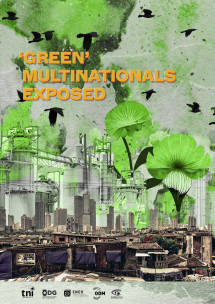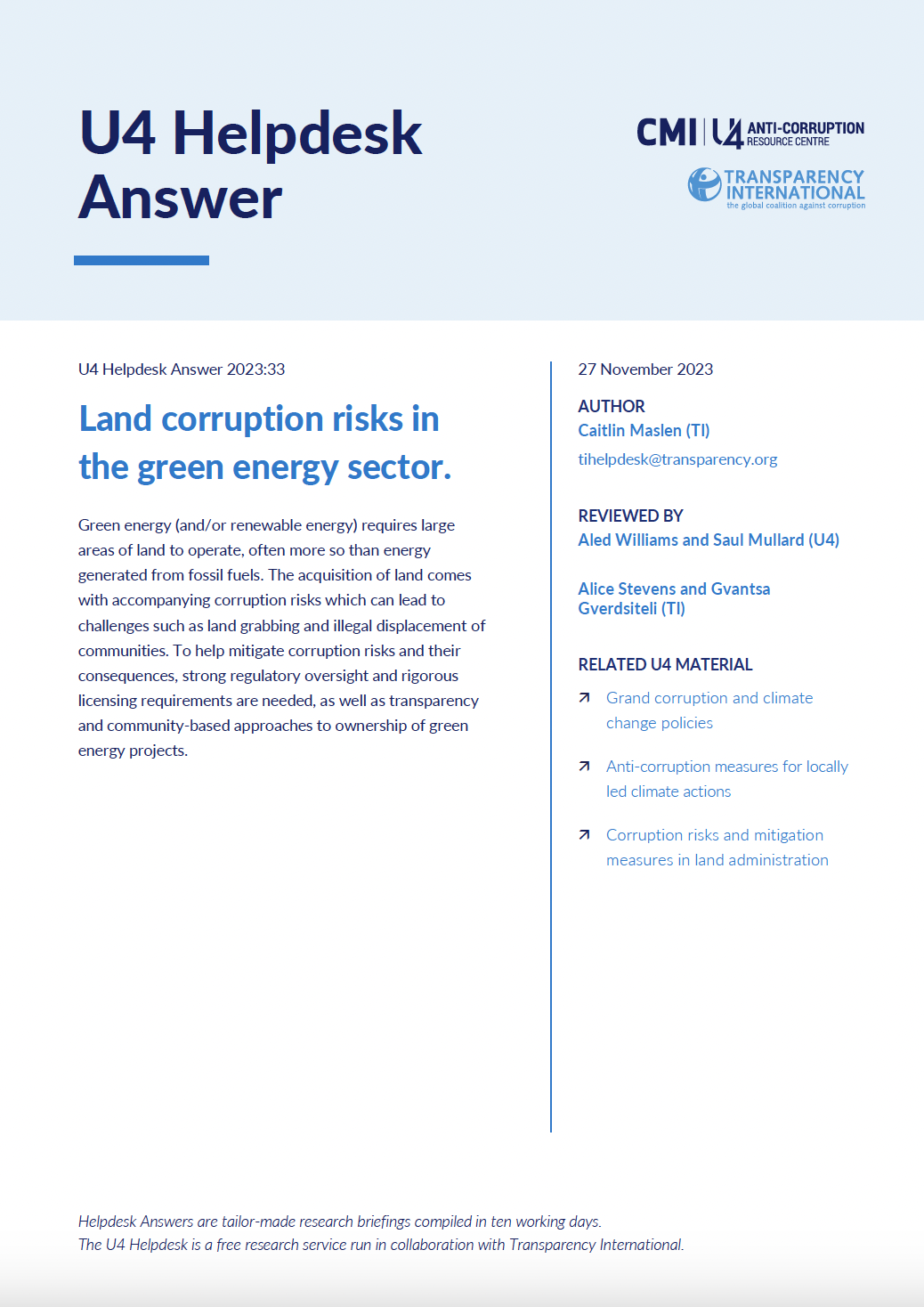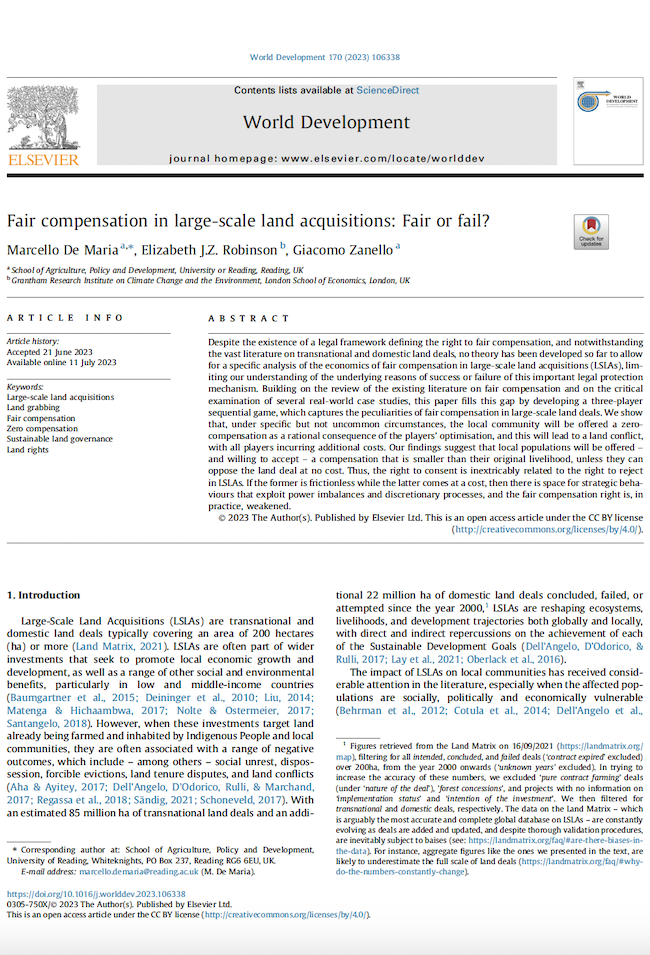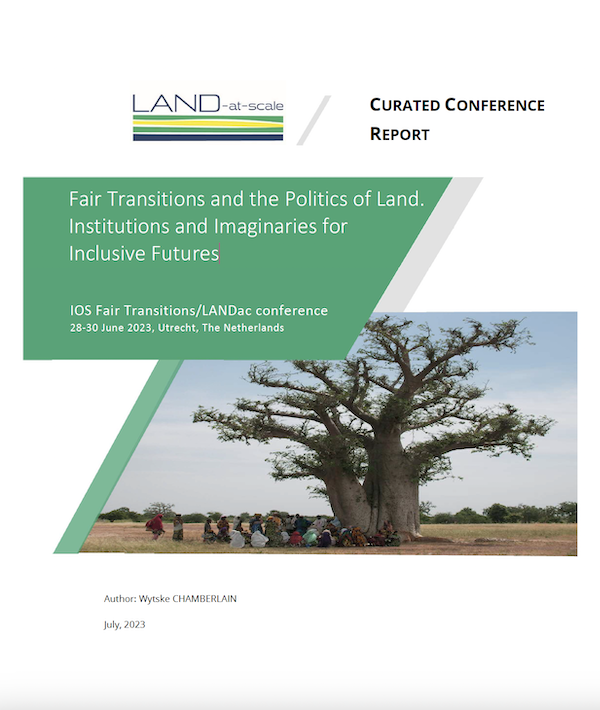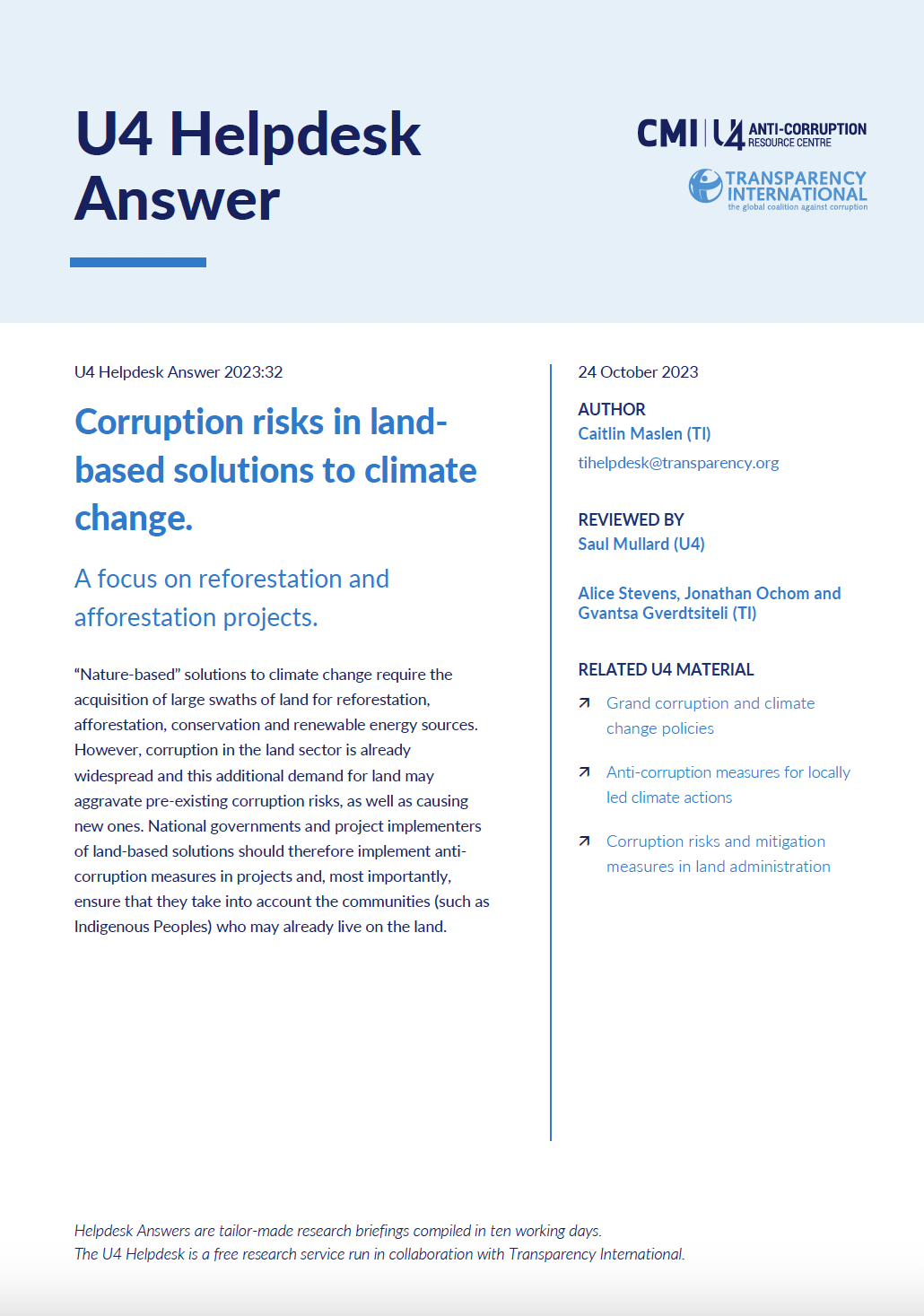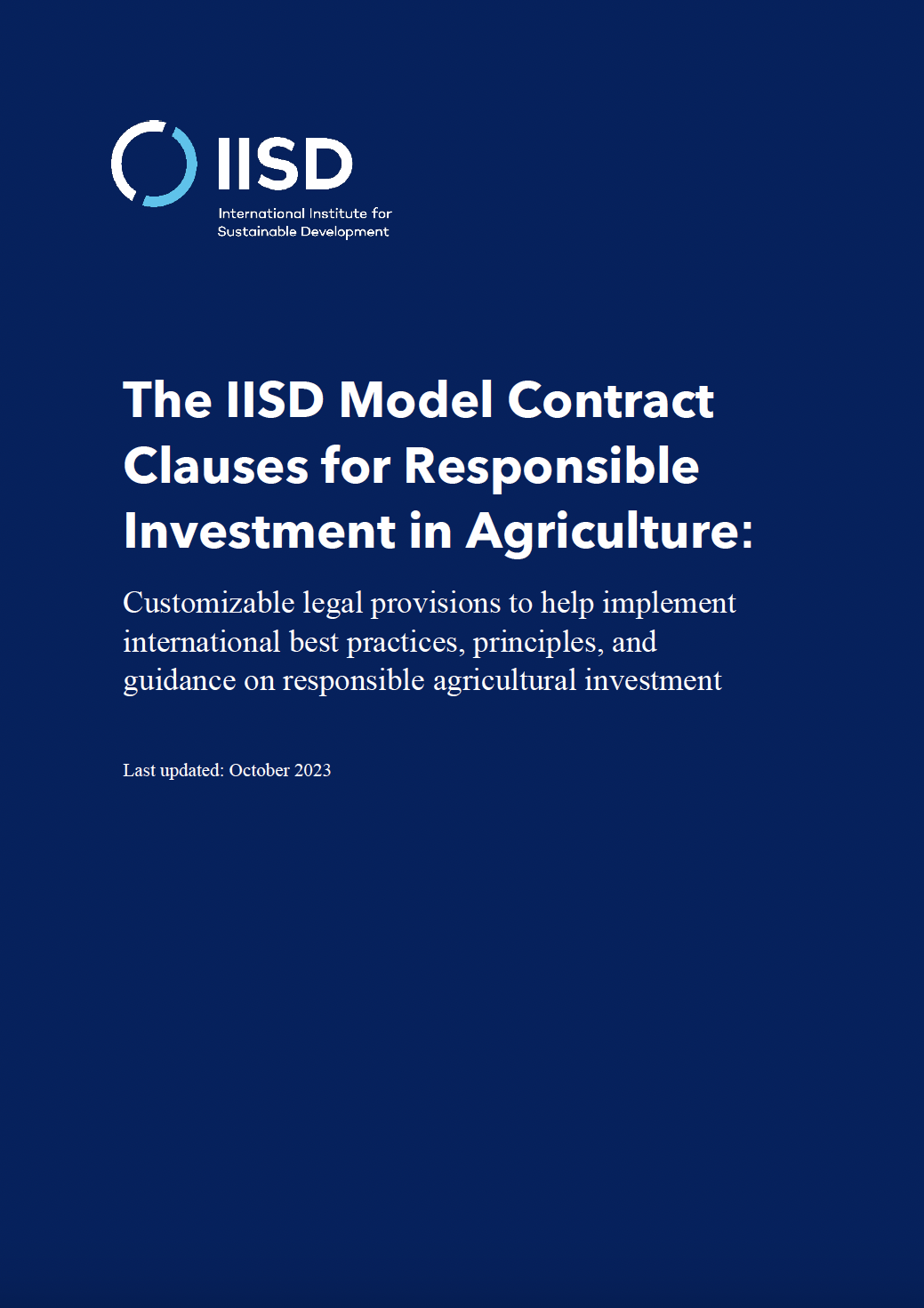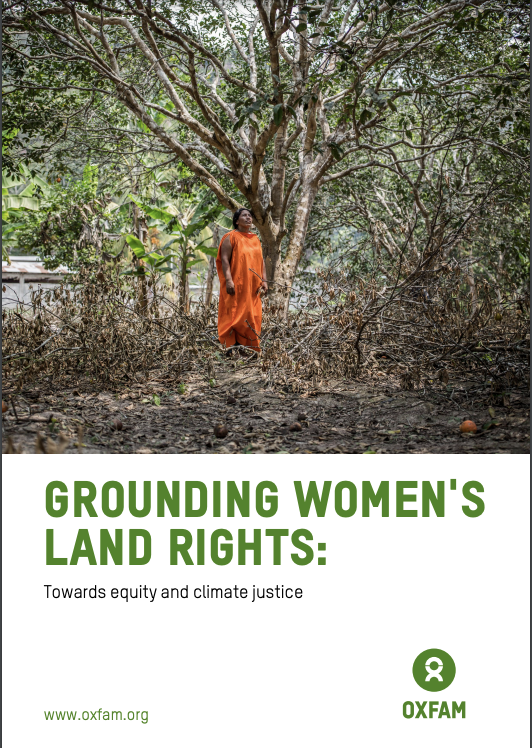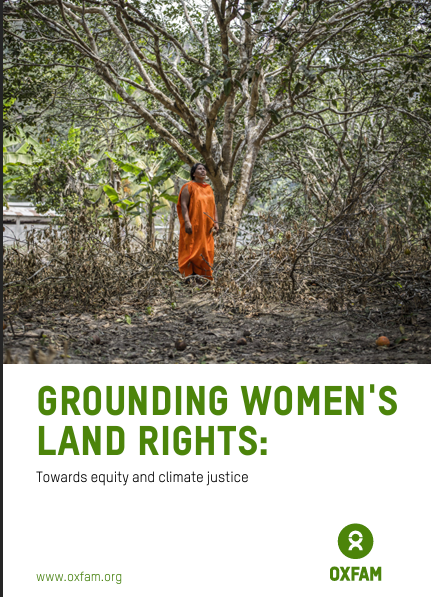For over a century, energy multinationals have been wrecking the planet and exploiting people in pursuit of profit. Now, power producers and technology manufacturers are marketing themselves as ‘green’ to boost their reputation and benefit from public subsidies, grabbing lands, violating human…
Green energy (and/or renewable energy) requires large areas of land to operate, often more so than energy generated from fossil fuels. The acquisition of land comes with accompanying corruption risks which can lead to challenges such as land grabbing and illegal displacement of communities. To…
Despite the existence of a legal framework defining the right to fair compensation, and notwithstanding the vast literature on transnational and domestic land deals, no theory has been developed so far to allow for a specific analysis of the economics of fair compensation in large-scale land…
LAND-at-scale (LAS) is a land governance support program for developing countries from the Ministry of Foreign Affairs of the Netherlands, which was launched in 2019. The objective of the program is to directly strengthen essential land governance components for men, women and youth that have…
Questions about how land is governed and controlled in the context of multiple crises are key to debates about fair transitions. The energy transition, net-zero ambitions, nature protection, and food system transformation all involve claims on land, water, and forests. How these claims are…
Struggles to control valuable land, natural and mineral resources are at the heart of many conflicts around the world. Many have their roots in colonial conquest and post-colonial resource grabbing by colluding local and global elites. Land conflicts frequently entail clashes of values and…
“Nature-based” solutions to climate change require the acquisition of large swaths of land for reforestation, afforestation, conservation and renewable energy sources. However, corruption in the land sector is already widespread and this additional demand for land may aggravate pre-existing…
The IISD Model Clauses aim to support agricultural investment negotiators, state lawyers, and policy-makers in helping achieve their country’s sustainable development objectives for investment in agriculture and food systems. The IISD Model Clauses are primarily designed to inform the drafting…
This case study describes the work of the Pawanka Fund.
This case study describes the work of the Pawanka Fund.
This policy paper provides a critical examination of international commitments on women's land rights, evaluating progress and persistent challenges. It scrutinizes commitments made through the UN Sustainable Development Goals (SDGs) and Generation Equality Forum (GEF) Action Coalitions,…
This policy paper reveals the urgent need for transformative change to secure equitable land rights for women and marginalized communities. By presenting recommendations for a broad spectrum of stakeholders and analysing macroeconomic factors through a feminist lens, we aim to stimulate…

